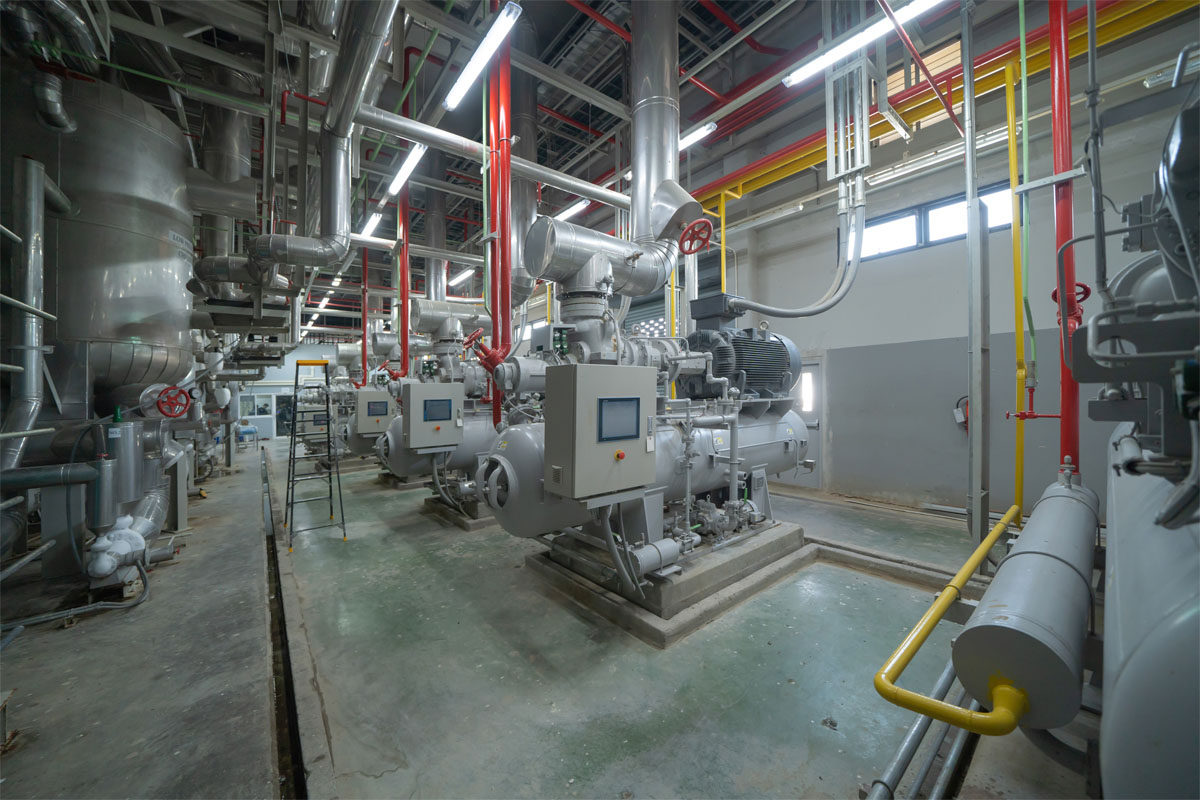Both cooling towers and air-cooled chillers are good options whether you’re looking to replace an inefficient cooling tower or are buying one for the first time. Nonetheless, some pieces of equipment are more appropriate for particular situations. Inadequate equipment selection based on your particular circumstances may result in subpar performance and above-average utility bills.
You must gain a better understanding of the price and functionality differences between air-cooled chillers and cooling towers in order to make an informed choice.
What Makes Cooling Towers Different From Air Cooled Chillers?
As their names suggest, cooling towers and air-cooled chillers both cool things down. In particular, they eliminate heat, though the method varies depending on the system. The coolant material’s heat will be extracted by this chiller and released into the surrounding air. In contrast, a cooling tower extracts heat from the water as it flows past the system’s heat exchanger or condenser. The structure of your building, the amount of space you have, and the strength of the cooling effect you require will all determine which system is best for you.
The Functions Of Chillers And Which To Select
As previously stated, the system coolant serves as the direct source of heat for these chillers. One of the most effective forms of cooling is water, which is used by some chiller systems to transfer heat. However, because water cooling chiller systems are so good at removing heat from the system, they can occasionally be overly efficient and even produce too much heat. This additional heat removal can cause the water to become too cold in cold climates and may result in unforeseen problems.
Other kinds of chillers, known as air-cooled chillers, transfer heat using air instead of water. For large operations, water-cooled chillers are more efficient than air-cooled ones. Air-cooled chillers have the advantage of being a cost-effective and efficient option for factories that don’t produce large amounts of heat. Very little or no water treatment may be required, and maintenance is reasonably priced.
Air-cooled chillers will be useful in industries that focus on microbrewing, plastics, and even food processing. This relates to their relative footprint and efficiency in contrast to cooling towers.
Cooling Tower Types to Select From
There are various types and styles of cooling towers available. Crossflow and counterflow cooling towers are the most widely used. These towers work by forcing air across hot water as it returns from the heat exchanger or condenser, as their names imply; the only distinction is the direction of the air’s blow.
In a counterflow tower, air is blown in the opposite direction of the water flow, while in a crossflow tower, air is blown across the hot water stream to cool. Induced draft cooling towers, which use a fan to draw hot air up and out, have proven successful in other facilities.
Cooling towers are frequently chosen over chillers in power plants, chemical management facilities, paper manufacturing facilities, and other energy refinement processes (such as oil, gas, and thermal power). To determine whether industry averages apply to you or if you will require something more unconventional, you should assess your unique circumstances.
If you are interested in purchasing Chillers in Phoenix or anywhere else in the Valley call us today at 602-997-0403.
Universal Tower Parts In Phoenix, AZ
Universal Tower Parts provides stainless steel and galvanized options, welded and gasketed, direct, gear reducer and belt drive units, with efficient Jedair fans, and Jedair low noise fans. Strainers, fan guards and louvers are well constructed, and designed to operate efficiently as they perform their function.








